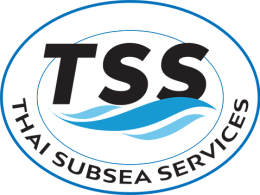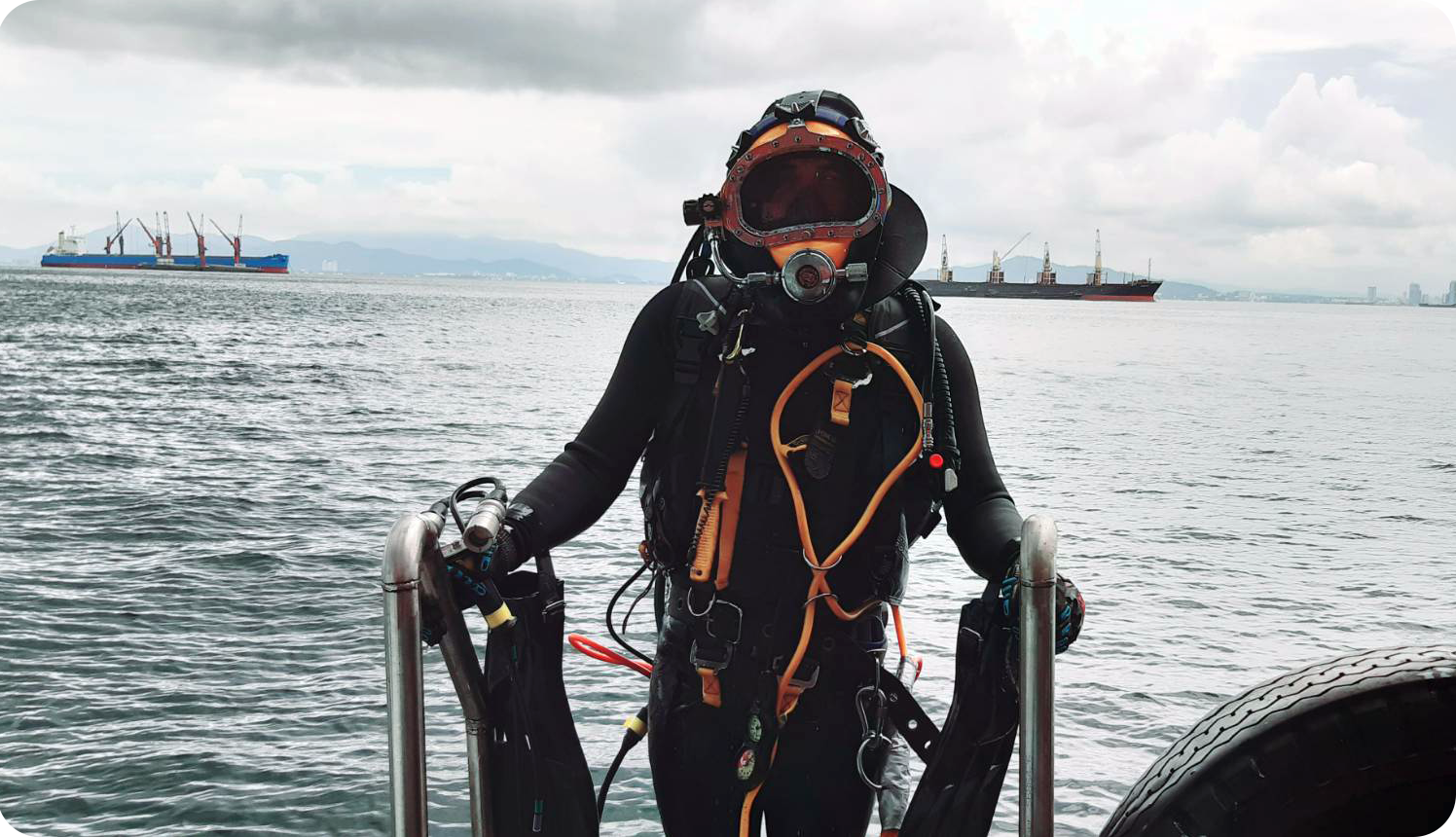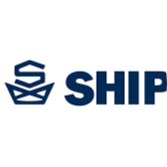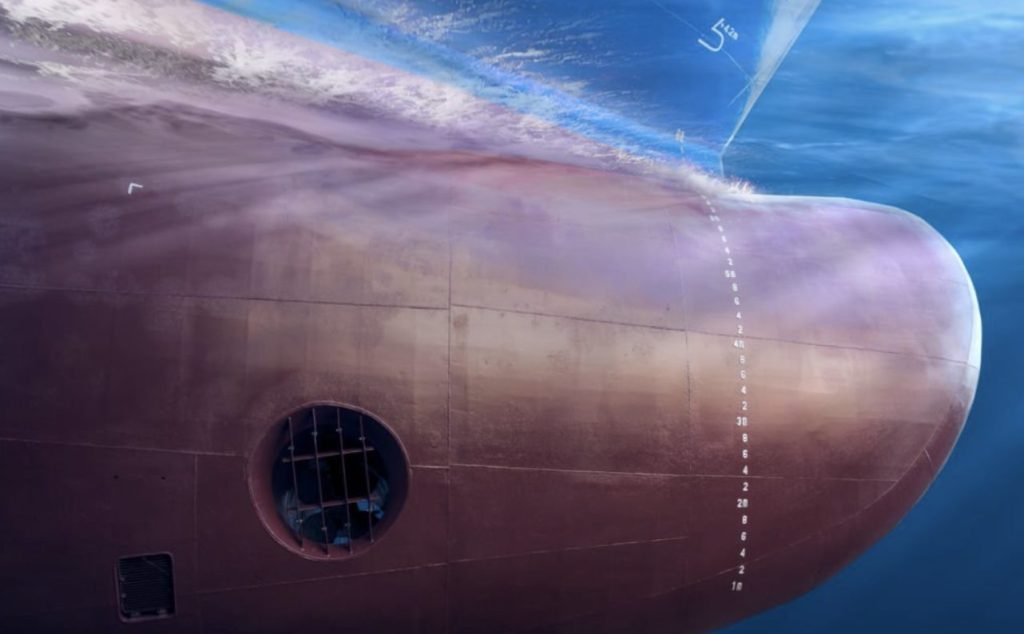 In the world of maritime navigation, precision and control are paramount. Whether you’re maneuvering through congested harbours or docking in tight quarters, the ability to command your vessel with confidence is essential. This is where thrusters emerge as indispensable tools for vessel operators seeking to elevate their seafaring experience.
In the world of maritime navigation, precision and control are paramount. Whether you’re maneuvering through congested harbours or docking in tight quarters, the ability to command your vessel with confidence is essential. This is where thrusters emerge as indispensable tools for vessel operators seeking to elevate their seafaring experience.
Understanding Thrusters
Manoeuvring thrusters are transversal propulsion devices mounted at the Bow (Bow thruster) or Stern (Stern thruster) of a vessel. Unlike traditional propulsion systems, which primarily focus on forward or backward movement, thrusters are engineered to provide lateral thrust, enabling sideways movement. This lateral force, generated by propellers or impellers, empowers vessels to execute intricate maneuvers with finesse and accuracy. Thrusters may allow ships to dock without the aid of tugboats, saving costs of such services. Larger vessels may often have multiple Bow and Stern thrusters.
The Mechanics Behind the Thruster
At the heart of each thrusters lies a sophisticated system of hydraulics or electric motors, meticulously designed to deliver precise control. These systems are strategically positioned within a tunnel, which penetrate the hull, ensuring optimal weight distribution and minimal impact on the vessel’s performance. When required, thrusters may also be built externally mounted or retractable into the hull, which further aids in vessel’s efficiency.
Controlled by intuitive interfaces such as joysticks or touchscreens, captains can effortlessly command the direction and intensity of thrust, facilitating seamless navigation in even the most challenging conditions.
Benefits of Vessels Equipped with Thrusters
- Enhanced Maneuverability: Thrusters afford ship operators unparalleled control over their vessels, enabling them to navigate through narrow channels and congested waterways with ease. Whether executing tight turns or sidestepping obstacles, maneuvering can be done with confidence, minimizing the
risk of collisions and maximizing safety.
- Effortless Docking: Docking can be a daunting task, particularly in adverse weather conditions or crowded ports and marinas. Thrusters simplify this process, allowing captains to execute precise maneuvers with minimal effort. By harnessing the lateral thrust generated by the thrusters, ships can glide smoothly into berths, eliminating the stress and uncertainty associated with docking.
- Increased Safety: By enhancing maneuverability and control, thrusters contribute to a safer marine environment for all. Captains and navigating officers can respond swiftly to changing conditions, mitigating the risk of accidents and ensuring the safety of passengers, cargo and crew. Whether navigating busy waterways or encountering unexpected obstacles, these thrusters provide an additional layer of safety and confidence.
- Improved Efficiency: In addition to enhancing safety and control, bow thrusters optimize the efficiency of vessel operations. By minimizing the reliance on primary propulsion systems for maneuvering, bow thrusters reduce fuel consumption and engine wear, resulting in long-term cost savings and environmental benefits.
Thrusters and Diving Intervention
Ship owners and operators should take care to prevent fouling and other anomalies from occurring to the thruster assembly. It is possible for such anomalies to manifest themselves in the many components that make up the thruster, such as, gearboxes and cover plates, struts and fasteners, propellers/impellers, and sacrificial liners and anodes. Therefore, timely and methodical underwater inspections should be carried out regularly to assess their general working condition.
Another operational concern is fouling. A build-up of biofouling may slow or obstruct the rotation of thruster blades and while debris fouling (ropes, nets, chain, etc.) could potentially cause serious mechanically damage by binding around the rotating shafts of a thruster. This is why routine underwater checks and cleaning should be conducted by divers to remove excess growth and debris.
The ingress of foreign debris can be mitigated by the presence of protective gratings fitted to either side of the thruster tunnel.
However, the structural integrity of these gratings should also be monitored during the underwater inspection.
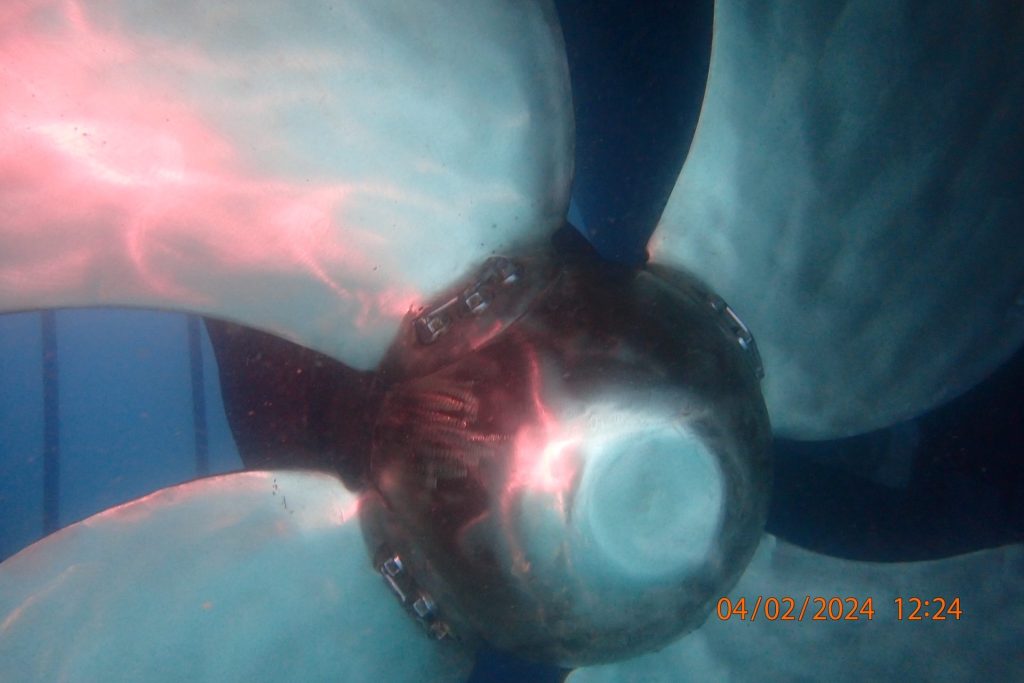
Conclusion
Bow thrusters and Stern thrusters represent a pinnacle of maritime innovation, empowering ships owners to navigate with precision and confidence. Whether cruising through bustling harbours or executing seamless docking maneuvers, the versatility and reliability of these thrusters are unmatched.
